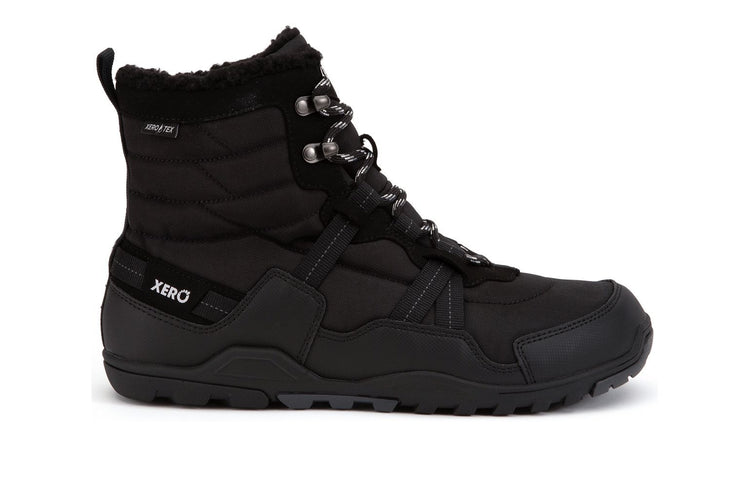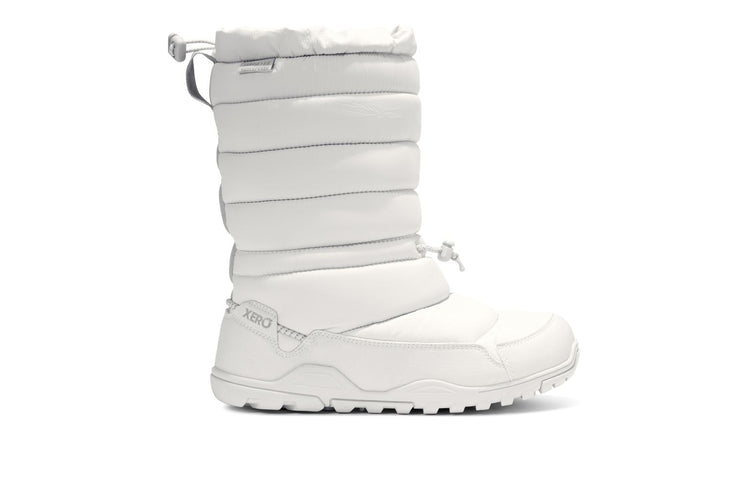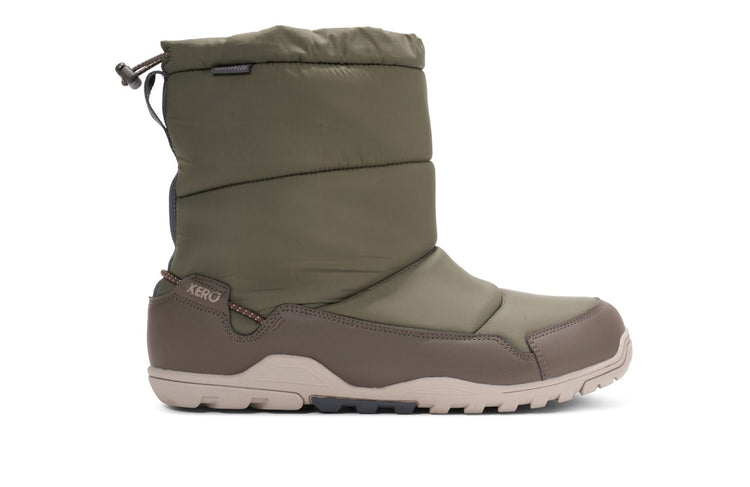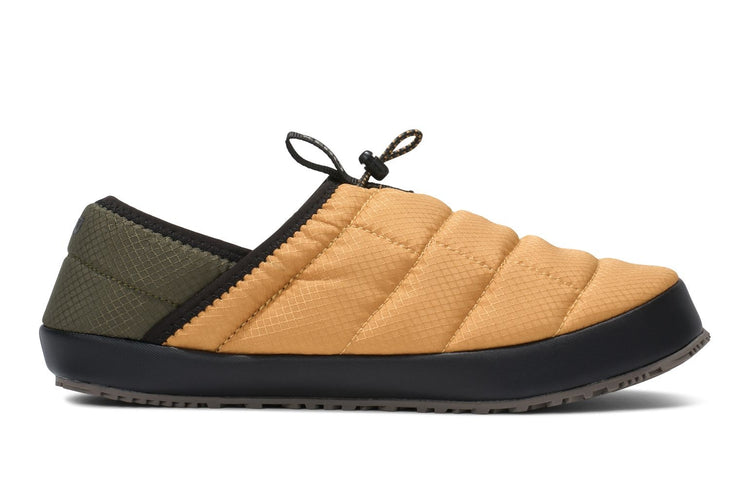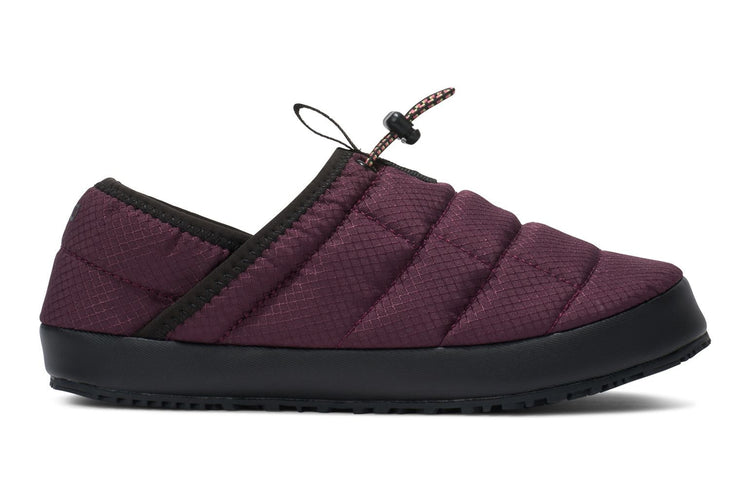latest News
Why Barefoot Running?
While barefoot running isn't new, it's popularity has been going through the roof since Christopher McDougall's book, Born To Run, became popular in 2009.Ironically, Born To Run isn't really about barefoot running. It's about the Tarahumara Indians in the Copper Canyon of Mexico and how they're able to run pain-free and injury free for hundreds of miles, well into their 70s. It's about the first ever ultramarathon held in the Copper Canyon. It's about the fascinating characters around this race. And it's about Chris's exploration of safer, more enjoyable running.By the way, if you haven't read the book, you must. It's a great, exciting read, whether you're a runner or not. And, admittedly, I make fun of the fact that barefoot runners treat this book like the bible in my video, Sh*t Barefoot Runners Say and the follow-up, Sh*t Runners Say To Barefoot Runners.It happens that around the time the book was becoming popular, one of the people featured in the book published a study about barefoot running. That person is Dr. Daniel Lieberman from Harvard University and, in a nutshell, what Daniel showed was: Runners in shoes tend to land on their heels, essentially using the padding built into the shoes Landing in this manner sends a massive jolt of force (called an impact transient force spike) through the ankles, knees, hips, and into the spine Then... Runners who run barefoot tend to land on their forefoot or midfoot, with the landing point nearer to the body's center of mass (not out in front of the body, like shod runners) Barefoot runners use the natural shock-absorbing, spring-like mechanism of the muscles, ligaments and tendons within and around the foot, the ankle, the knee, and the hip. Barefoot runners do not create the impact transient force spike through their joints In short, running shoes could be the cause of the very injuries for which they're sold as cures!Take off your shoes and you're less likely to land in a biomechanically compromised manner.This seems to explain why people who run barefoot often report the elimination of injuries (that were caused by bad form that they no longer use) and, more importantly, that running is more fun!Now it's not all as simple as this.The shoe companies, realizing that barefoot was becoming a big deal, began selling "barefoot shoes"... most of which are no more barefoot than a pair of stilts.Even the Vibram Fivefingers, which look like bare feet, aren't necessarily as barefoot as they appear.The key to successful barefoot running seems to be the ability to use the nerves in your feet, to Feel The World. Basically, if you try to run barefoot the same way you do when you're in shoes, IT HURTS!Figure out how to do what doesn't hurt and you'll be running in a way that's more fun and less likely to cause injuries.Now, I know it's not as simple as that, and I'm the first to admit that the science supporting barefoot running isn't in yet. But, then again, there's no science that shows that running shoes are helpful.Think about this: people lived for millions of years without shoes, or without anything more than a pair of sandals like Xero Shoes or a pair of moccasins. Runners ran successfully up until the 1970s with shoes that had no padding, no pronation control, no orthotics, and no high-tech materials.The three parts of our body that have the most nerve endings are our hands, our mouths and our feet. There's only one of those that we regularly cover and make numb to the world... does that seem right?Put a limb in a cast and it comes out of the cast a month later atrophied and weaker. When you bind your feet in shoes that don't let your foot flex or feel the earth, isn't that similar to putting it in a cast (or as barefoot runners like to say, a "foot coffin")?There's a lot more on this site about what the benefits of barefoot running -- and walking, and hiking, and dancing, and playing -- may be. If you have any questions, ask them here, or on our Forum. Or follow us on Facebook, Twitter, Youtube, and Pinterest.Join the conversation. Join the conversion. Feel The World!
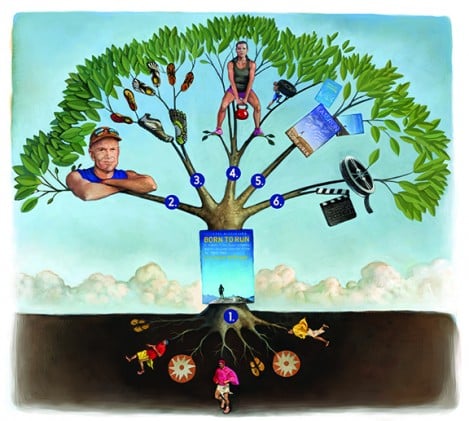
Happy Born to Run release day!
May 5th is an important day in the barefoot running world. And, for the same reason, it's one of the most important days in the Xero Shoes world.What makes it so important?As Brian Metzler from Competitor.com reminded me, "Journalist Christopher McDougall’s best-selling book “Born to Run: A Hidden Tribe, Superathletes, and the Greatest Race the World Has Never Seen” hit bookstore shelves five years ago Monday—on May 5, 2009."Brian describes 11 ways that Born To Run influenced the running world, from simply being a really great read, to inspiring the growth of ultrarunning, to creating a number of great races, to inspiring people to run barefoot, to encouraging shoe companies to make minimalist footwear (of course, if you've read anything I've written, you know I think most "minimalist shoes" are as close to barefoot as a pair of stilts).The 12th way that Chris's book influenced the world is that it was one of the inspirations for Xero Shoes.If you've read Lena's and my story, you'll know how BTR inspired us. But, more, the success of the book created a wave that we surfed. Were it not for the millions of people who read BTR, Xero Shoes would have remained a goofy little hobby.Now, on days when we work 12+ hours, I sometimes long for those hobby times ;-) ... but given the thousands of people we've been able to help -- people who can now run or walk or hike enjoyably and pain-free -- and the fun we have when a new person discovers the fun of being able to feel the world when they're out and about, we couldn't be more thankful for this anniversary.Congrats again to Chris for his success. Thanks again to him for all he's done for ALL of us. And stay tuned and cross your fingers for the Born To Run movie!
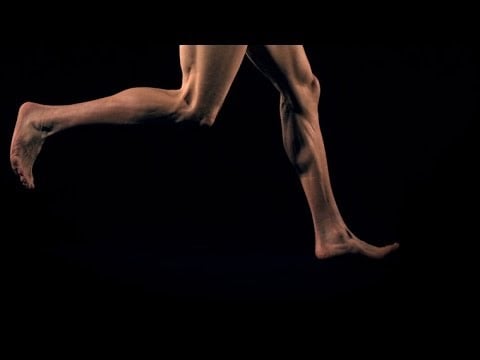
Is your body optimized for running?
Harvard's Daniel Lieberman is one of the two or three people most responsible for the barefoot running boom (Christopher McDougall, who wrote Born to Run, is another... you can vote for who the third should be).Daniel is an anthropologist and has some fascinating ideas about why the way humans run (and sweat) gave us such an evolutionary advantage.In this video he talks about some of aspects of human anatomy that suggest we were "made to run."I don't agree that you don't use your butt when walking. Rather, you can and, in my opinion, should walk with your glutes. In fact, if you use your glutes as the prime movers when you walk, you're more likely to not overstride and put too much force on your heels when walking. I talk more about walking, barefoot or otherwise, here.Now, I don't think that everyone must run. Some like it, some don't. And I don't agree that we're all meant to run long distance (Lieberman doesn't discuss that here, but it's something he and I chatted about). But it sure is compelling to see that we may be built so that we CAN run.What do you think?The content of this post does not constitute and is not intended to be a substitute for professional medical advice, diagnosis or treatment. Always seek the advice of a physician or other qualified health provider with any questions or concerns you may have about your health or a medical condition.
Barefoot Running... The Movie!
I know many of you are eagerly waiting for the Born To Run movie (I am, too).Well, until that's out at your local gajillion-plex, check out this trailer of the new barefoot running movie by Michael Sandler and Jessie Lee, authors of Barefoot Running.I'm forever grateful to Michael and Jessie... when I decided to try running barefoot as a way to deal with my persistent running injuries, I was fortunate enough that they were teaching a workshop that very weekend, right in my backyard (metaphorically speaking... it was 3 miles away).Even more, after my first barefoot run, when I said to Michael, "Well, that was interesting, but I'm a sprinter, not a long, slow distance guy," he encouraged me to try it a few more times and, for some reason, I did.Then, Jessie, being a former sprinter herself, added a whole other level of fun when we would take off across some field, leaving the LSD runners in the dust ;-)Oh, and it was Michael saying, "If you had a website for these sandals you're making, I'd put you in our new book," that was the beginning of Xero Shoes!If you watch this trailer and don't want to book a ticket for the workshop where Michael and Jessie take you to all of these amazing locations, then there's something wrong with you (or you already live in Hawaii).I've seen clips from the entire movie and it's really something special. Enjoy.
Run in Peace, Micah True
There's no way to adequately thank one of the great inspirations in the running world, Micah True, also known as Caballo Blanco ("White Horse"), who was found dead just hours ago. Micah, arguably the "star" of Christopher McDougall's best seller, Born To Run, went out for a run on Tuesday and did not return. There's no news at this moment about a cause of death.As Micah would often say in signing off, "Run Free!"Run In Peace, Micah.
Sh*t Barefoot Runners Say...
You're not a real barefoot runner if you haven't said one of these ;-)
The Tarahumara Go Running for DAYS
About once or twice a week, someone emails me and asks: Doesn't the string between your toes hurt or cause blisters? After crafting a number of long-winded answers, I finally realized the simplest one: Remember, the Tarahumara Indians run in huaraches for hours and hours... sometimes for DAYS at a time. Clearly, you couldn't spend hours, or days, in barefoot running sandals if they caused damage to your feet. That said, it doesn't mean you can just put on some Invisible Shoes and go for a 24 hour run without a problem. In the same way that you wouldn't wear a new pair of running shoes for the first time on a 20 mile run, you don't want to wear your huaraches too much until you know you've adjusted to them. And "adjusting to them" means: Finding the right tension in the lacing Adjusting your stride since you can't land hard on your heel Remembering that wearing huaraches is a LOT like being barefoot, but with a surface that's really comfortable What allows the Tarahumara (or anyone who is comfortable in huaraches) to go for a long time without any issues is a combination of factors. Since I'm in the mood for a list, let me list them: ;-) With proper barefoot running form, you don't put a lot of horizontal force on the ground. You don't "pull" with your feet the way you can do with running shoes, or even with something like flip-flops. So, you don't create the kind of force that leads to friction and abrasion. Since huaraches don't offer the kind of padding that shoes or flip-flops or other sandals do, you're less likely to overstride (whether you're walking or running) and, again, you have less horizontal/abrasion-causing force. Oh, and you're less likely to do it, because overstriding HURTS... so you quickly get the hint to CHANGE SOMETHING! ;-) I'm sure I left something off the list... suffice it to say, there's nothing inherent in huaraches that should cause you any pain. Like most things in life, the problems arise when we overdo it, don't listen to the signals from our body, or choose to argue with reality instead of adjusting to it. The content of this post does not constitute and is not intended to be a substitute for professional medical advice, diagnosis or treatment. Always seek the advice of a physician or other qualified health provider with any questions or concerns you may have about your health or a medical condition.

